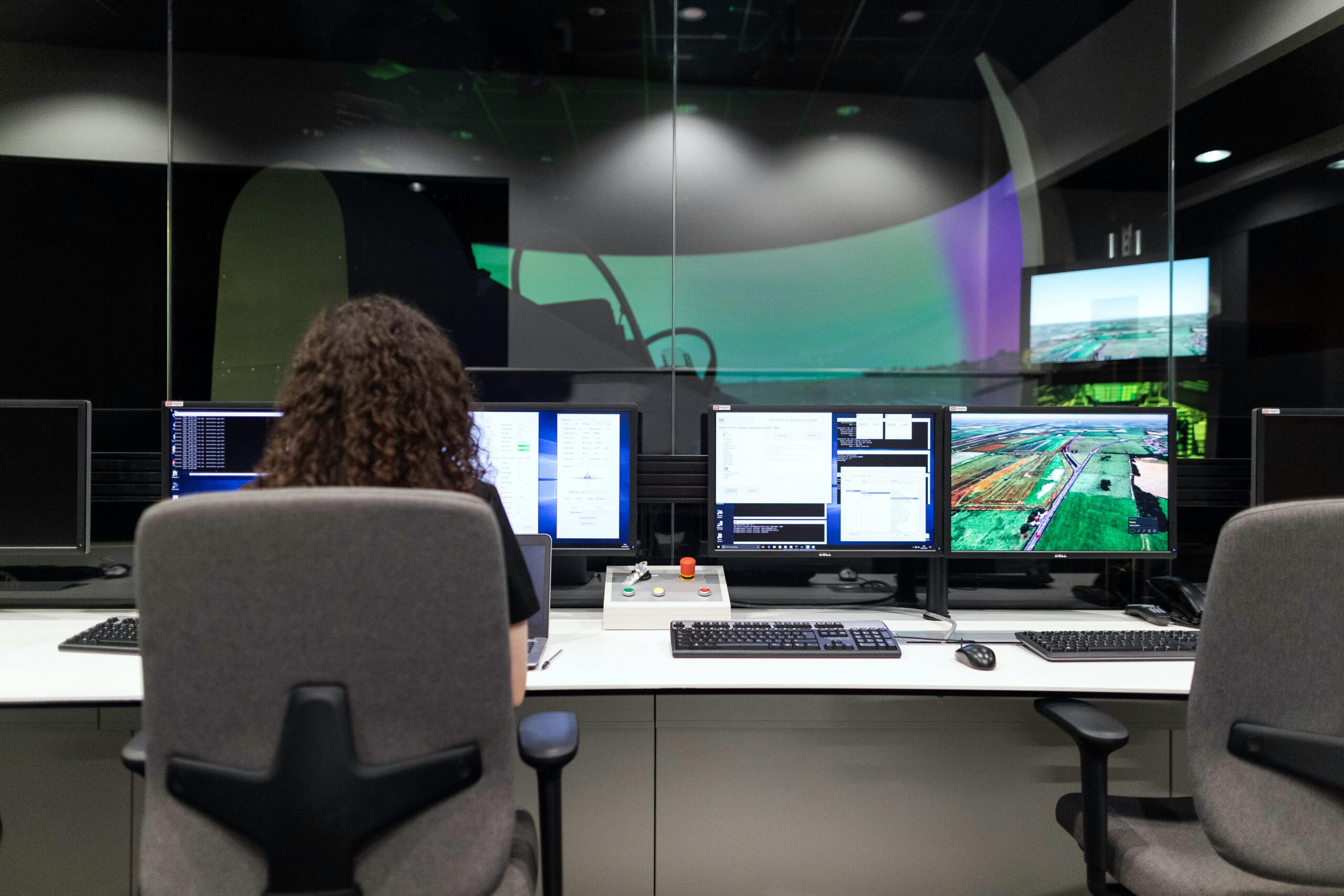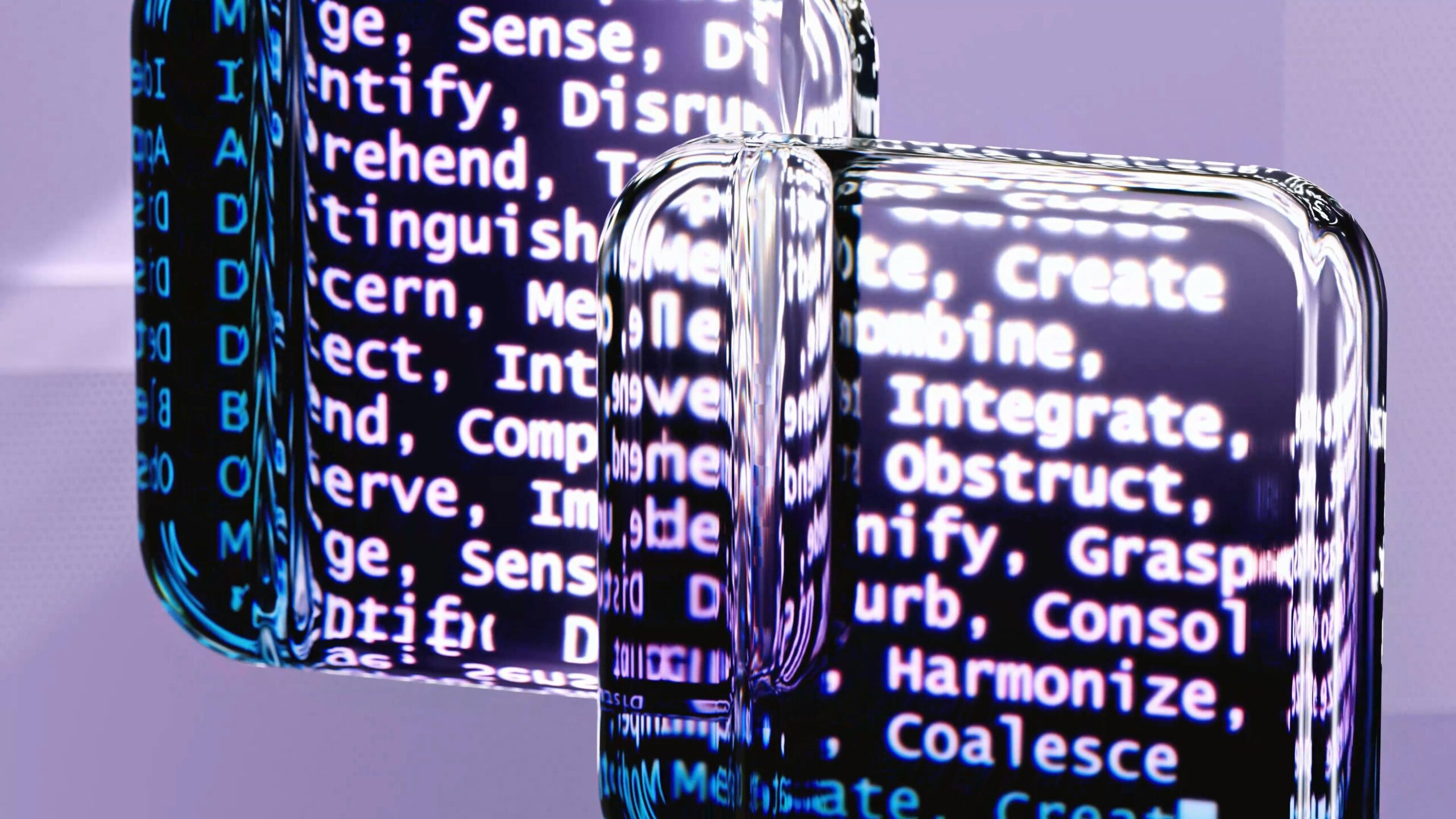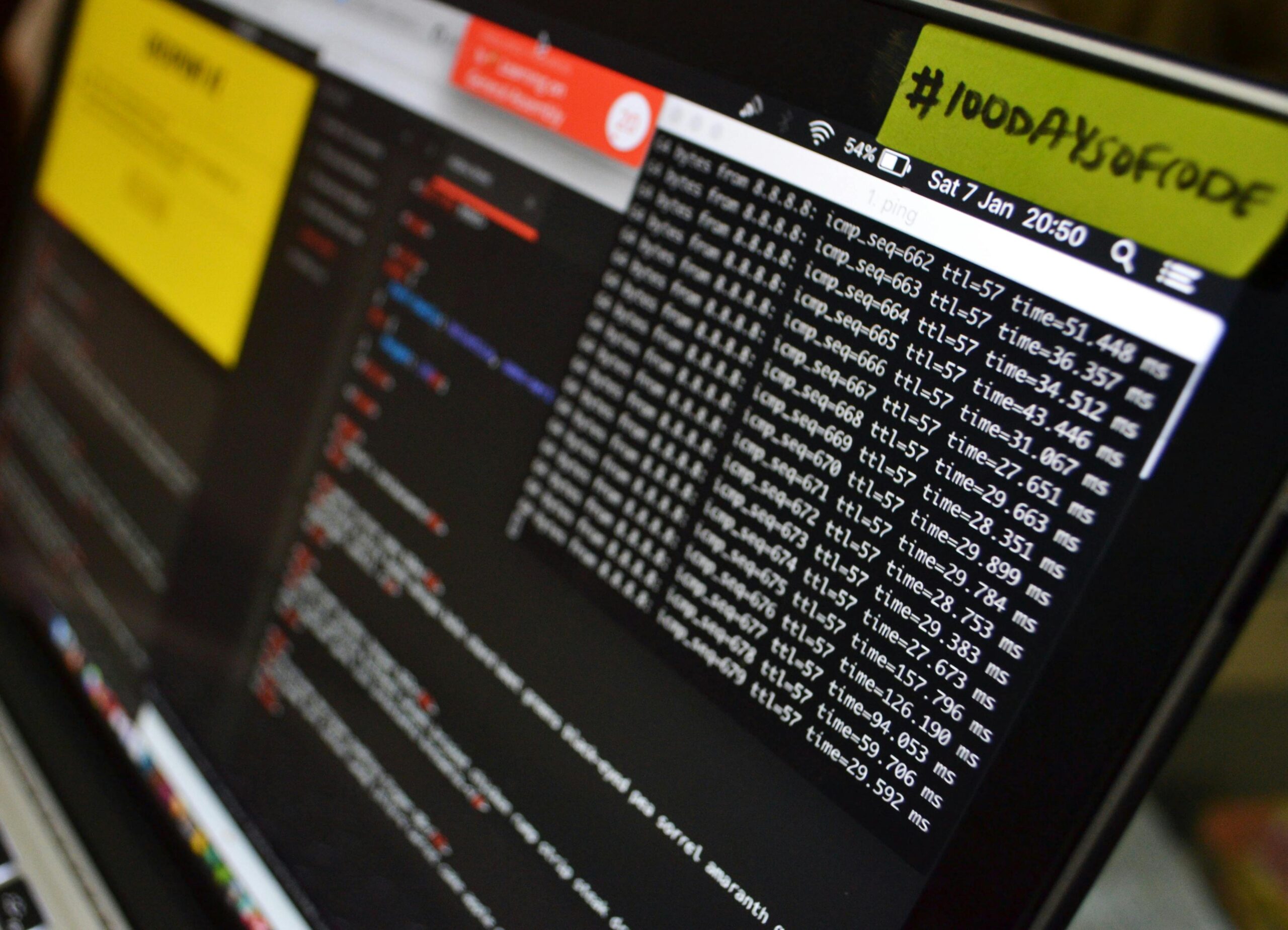Securing sensitive information has become one of the most crucial issues in today’s digital world.
As technology evolves, it has become very important to secure liveness detection. Liveness Detection is an innovation in the field of cybersecurity, but what exactly is liveness detection, and why is it so important for the security of an individual online?
This article will answer how liveness works, what is its role in protecting digital identities, its uses, merits, limitations, and futuristic possibilities. This detection technology is going to be important for modern security systems, and this article aims to explain why.
Introduction
Along with banking, healthcare, and online shopping, other services are becoming more digital. With this, verifying a person’s identity has become a main priority. Protecting sensitive information with passwords and PINS has become far too simple, thus rendering those methods useless. This is where liveness detection comes in handy.
Simplifying, liveness detection technology confirms that a user in the system is a breathing human being, as opposed to an image, video, or mask. It is one of the many forms of biometric authentication, and as the term suggests, liveness detection involves the biometric mechanisms that confirm the presence of the body in the real world.
Due to rising incidents of identity theft, online fraud, and hacking, liveness detection technology is now important in modern authentication systems. Every organization moving towards a passwordless era needs this technology for user verification.
How Does This Relate To A Passwordless Future?
The purpose of liveness detection is to make sure that the user who is supposed to authenticate themselves is present and alive. This makes it increasingly difficult for criminals to use spoofing methods on biometric systems. In other words, liveness detection avoids using photographs, videos, or masks to spoof biometric systems, which was a key challenge for systems that relied on facial recognition and other biometric methods of authentication.
Unlike fingerprint or facial recognition systems, which can often be spoofed with a fake fingerprint or photograph, liveness detection mitigates this risk by ensuring the correct individual is present in front of the camera. It confirms that the individual is not just a picture but is physically present and alive.
Because of the development of more sophisticated methods of hacking, this technology is essential today. Simple biometric systems can be easily bypassed with hacked photographs or videos. With liveness detection, systems can be protected to a far greater degree from such attacks.
How Liveness Detection Works
Liveness detection may be done in several ways, each offering a different level of security. The most common methods are:
- Facial Movement: This method looks for very small, subtle movements such as head tilting or blinking. If the individual’s face is too still for an extended period, it may be considered suspicious.
- Blink Detection: More specific than general facial movement detection, this looks for the natural blink of the eyes. Blinking cannot be replicated in photographs or videos, making this a strong indicator of a real individual.
- Depth Sensing: Depth sensing can check whether any face in front of the camera is three-dimensional using infrared sensors or 3D cameras, to guarantee that it is not simply a 2D image.
- AI and Machine Learning: Features like skin texture and the eyes’ reflection, alongside face variations, are checked to verify the person’s identity using sophisticated AI algorithms. Advanced face search capabilities are also utilized to match facial data across secure databases, improving the accuracy of real-time identity verification. These algorithms get better over time as they adapt to new intelligence spoofing attempts.
These techniques are employed to verify that the user attempting the authentication is a real human being as opposed to a simulation created using a photograph, video, or mask. With the help of such intricate technologies, liveness detection strengthens the countermeasures against fraud in comparison to other biometric authentication methods.
Why Is Liveness Detection Important For Security?
The capability of stopping spoofing is one of the reasons why liveness detection is considered essential for security. Someone may use spoofing, which is the act of reproducing someone’s identity using a photograph, video, or even a mask. Impersonation is a practice that involves capturing one’s image to bypass a simple liveness check. Hackers can easily bypass face recognition systems by using videos or photographs of the intended target if liveness detection is not in place.
Failure to install measures such as liveness detection has caused well-known impersonation fraud cases. For example, face recognition systems have been bypassed due to the use of photographs and video which provided thieves with unauthorized access to bank accounts and sensitive personal information. With the incorporation of liveness detection, such attacks are extremely difficult to execute.
Liveness detection has revolutionized the concept of identity verification throughout the financial services sector. Biometric identification is essential in online banking and payment systems for secure login and transactions. Without the additional layer of liveness detection, the private financial data of the users would be more vulnerable to unauthorized access.
Applications Of Liveness Detection
The possible use cases of practical liveness detection are diverse and expanding at an exemplary rate. Following are some of the industries and fields where it has already made a difference:
- Banking and Financial Services: A critical application of liveness detection technology is the protection of identity verification systems in online banking. Numerous banks today have implemented facial recognition for logins or for transactions. With liveness detection, only the actual account holder is able to access sensitive information and make payments.
- Healthcare: In healthcare, liveness detection can be used for verifying the identity of patients accessing medical records or getting prescriptions. Verifying the individual is physically present goes a long way in safeguarding sensitive medical data from identity deception.
- eCommerce: The expansion of eCommerce is directly proportional to the growth in online payment frauds. The application of liveness detection technology mitigates the risks involved by confirming the identity of the individual being paid. This case lowers chargeback fraud.
- Access Control: In the example of office buildings or other secure areas, liveness detection can be used and incorporated with other biometrics systems, such as facial scanners or fingerprint scanners, to restrict access. It ensures that people who do not have the right clearance cannot gain entry into sensitive areas.
These features are just the tip of the iceberg. With the advancement of liveness detection technology, we are likely to see it integrated into more sophisticated domains, ranging from personal gadgets to high-risk security locations.
Benefits Of Liveness Detection
The points of liveness detection are:
- Enhanced Accuracy and Trust: The verification process is the identification of a person a user verification of a user, liveness detection improves it by adding more security to biometrics, also known as ‘liveness’ employs a physical presence requisites. This ensures that the persons on the other side of the screen are not just some cheap videos. There is definitely improved trust provided to the users and businesses.
- Reduction of Fraud: Access through fraudulent means gets more difficult with liveness detection. It simply would not be possible to duplicate someone else’s biometric features. This is very critical in the fields of medicine and finance that deal with personally sensitive data.
- Improved Experience for Users: It is common knowledge that passwords and PINs are not user-friendly; through liveness detection, a different, more passive method is used. There is no need to memorize numerous passwords, each user just needs to show his or her face for scanning or fingerprint scanning.
- Improved User Trust: The mere fact that a user knows that the system has liveness detection should give him or her confidence that such a system, without a doubt, must ensure that personal data is protected. Such a trust is bound to make the use of biometric systems widespread and improve the experience.
Challenges And Limitations
- Mixed Outcomes: Every single detection system has errors, and liveness detection makes mistakes by accepting the wrong person or denying the right person.
- Technological Need: The detection of liveness needs actually advanced devices such as infrared equipment or 3D scanners. These tools elevate the whole idea of liveness detection, making it sophisticated and hard to implement, particularly for smaller organizations.
- Privacy Concerns: Collecting biometric data can raise privacy issues. User concerns about facial data storage and unauthorized access may arise.
- Balancing Ease of Use with Security: While liveness detection improves security, it also needs to be user-friendly. Striking the right balance between strong security measures and an easy, smooth user experience can be difficult.
The Future Of Liveness Detection
With developments in AI and machine learning, liveness detection appears to have a bright future. These technologies will make liveness detection systems even more difficult to spoof by increasing their accuracy and dependability.
To further improve security, we may anticipate liveness detection to be better integrated with other biometric systems, such as speech recognition or behavior analysis. Liveness detection will probably become more commonplace as usage increases, from logging into gadgets to entering secure parts of buildings.
Conclusion
When summed up, liveness detection is essential for improving user verification and security in various sectors. Only authorized users may access important data thanks to the prevention of fraud and spoofing, which makes the internet a safer place. Liveness detection will remain a key component of safe and reliable user authentication as technology advances.
Adopting liveness detection is a step toward safer online experiences for companies and customers alike. Adopting this technology will contribute to making the future of digital security more dependable and safe than ever before, whether it is for e-commerce, healthcare, or financial operations.




